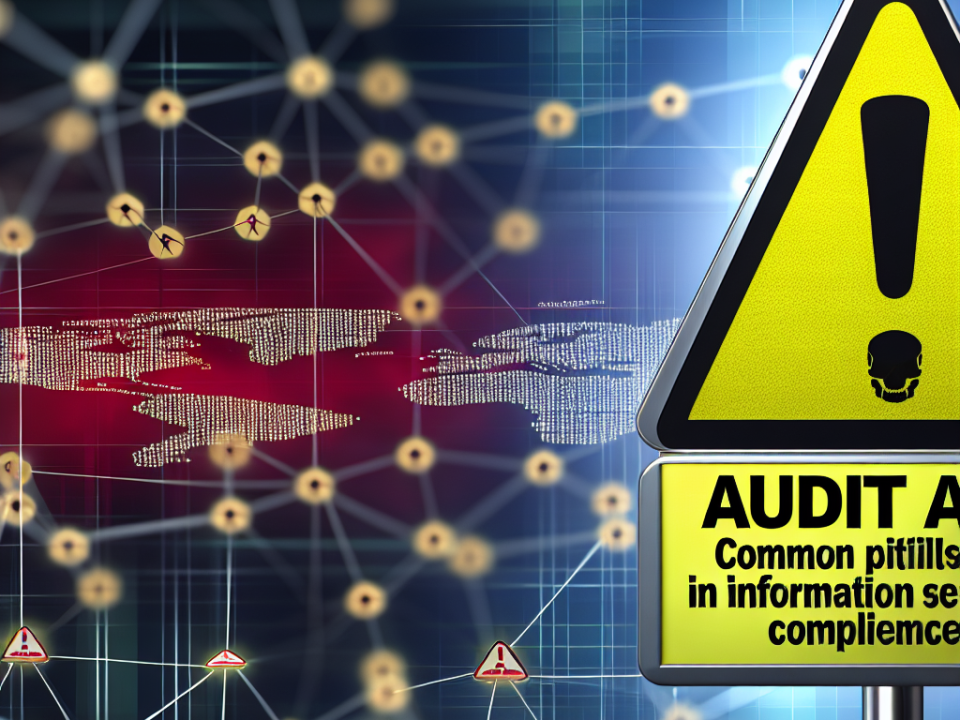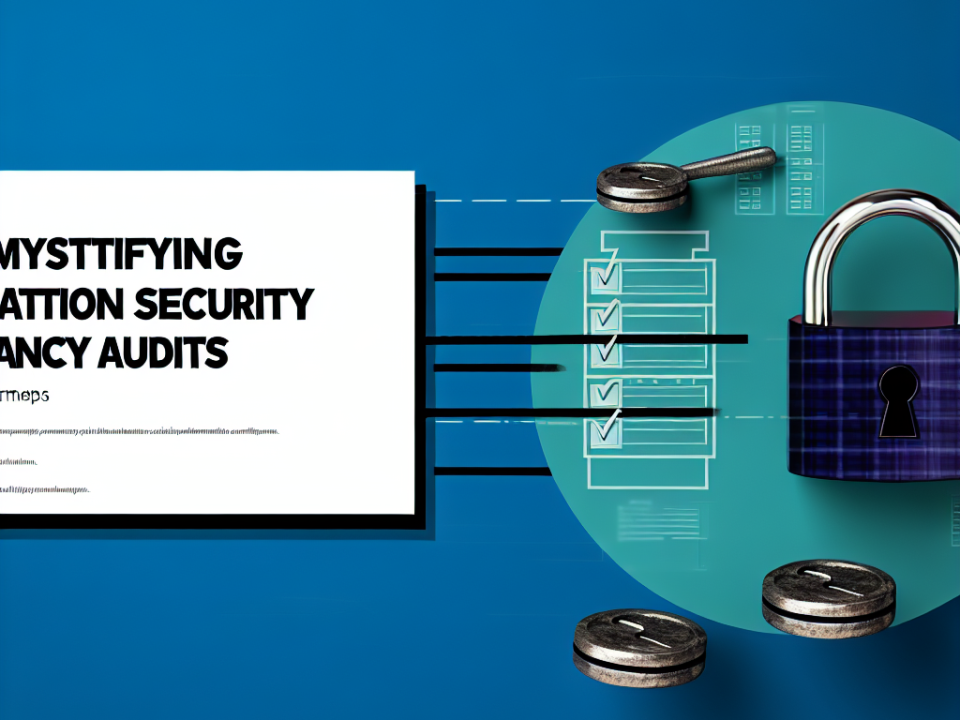
From Cybercrime to Cyber Peace: Envisioning a Safer Digital Landscape
July 28, 2025
Rising Regulations: Navigating the Future Landscape of Cybersecurity Compliance
July 29, 2025
In the digital age, where data is often considered the new oil, the importance of robust cybersecurity measures cannot be overstated. Recent years have witnessed an unprecedented increase in cyberattacks, prompting governments and regulatory bodies around the world to tighten cybersecurity regulations. These regulations have significant implications for how organizations approach data protection strategies, ultimately shaping the future of cybersecurity.
The Evolving Regulatory Landscape
The surge in data breaches has led to the introduction of new cybersecurity regulations aimed at safeguarding sensitive information. Notable examples include the General Data Protection Regulation (GDPR) in Europe, the California Consumer Privacy Act (CCPA), and various initiatives by the Federal Trade Commission (FTC) in the United States. These regulations impose stringent requirements on organizations, mandating them to implement comprehensive data protection measures.
Key Components of Cybersecurity Regulations:
-
Data Transparency and Accountability: Organizations must now provide clear information about how personal data is collected, stored, and used. This transparency builds trust with consumers while holding companies accountable for their data practices.
-
Incident Reporting: New regulations often require timely reporting of data breaches to authorities and affected individuals. This not only helps mitigate the damage but also fosters an environment of accountability.
-
Data Minimization: Regulations encourage businesses to collect only the data necessary for their operations, reducing the risk associated with holding excessive amounts of personal information.
- Enhanced User Rights: Many laws grant consumers rights over their data, such as the right to access, correct, and delete their information. Organizations must develop policies and procedures to honor these rights.
Impacts on Data Protection Strategies
1. Increased Investment in Cybersecurity
With the pressure of compliance, organizations are reallocating resources to bolster their cybersecurity infrastructure. This includes investing in advanced technologies such as artificial intelligence (AI) and machine learning (ML) to enhance threat detection and response capabilities. More funds are directed toward hiring dedicated cybersecurity personnel, conducting risk assessments, and implementing training programs for employees.
2. Holistic Data Governance Frameworks
To comply with regulations, organizations are shifting toward comprehensive data governance strategies. This includes developing frameworks that encompass data lifecycle management, from collection to deletion. By adopting a holistic approach, businesses can ensure that every stage of data handling aligns with regulatory requirements.
3. Collaboration Across Departments
Cybersecurity is no longer just the responsibility of the IT department. New regulations necessitate collaboration across various departments, including legal, compliance, and human resources. This multidisciplinary approach helps in identifying risks, establishing policies, and fostering a culture of data protection throughout the organization.
4. Focus on Third-Party Risk Management
As organizations rely increasingly on third-party vendors for various services, regulations emphasize the importance of managing third-party risks. Businesses must evaluate the security posture of their partners and implement strict data-sharing agreements to ensure compliance and minimize vulnerabilities.
5. Cultural Shift Towards Cyber Hygiene
Regulatory compliance has fostered a cultural shift within organizations. Employees are now more aware of cybersecurity best practices, thanks to regular training and awareness programs. This change aims to create a culture of "cyber hygiene," reducing human error, which is often a significant factor in data breaches.
Challenges in Compliance
Despite the positive impacts, the implementation of new cybersecurity regulations does present challenges:
-
Complexity and Cost of Compliance: Small and medium-sized enterprises (SMEs) may find it difficult to meet compliance requirements due to resource constraints.
-
Rapid Technological Change: As technology evolves, so do cyber threats. Organizations must adapt their data protection strategies continually, which can be a daunting task.
- Global Disparities: With different countries adopting varying regulations, multinational organizations face the challenge of navigating complex compliance landscapes.
Conclusion
The introduction of new cybersecurity regulations signifies a pivotal shift in the way organizations approach data protection. By encouraging robust security measures and accountability, these regulations have the potential to enhance overall cybersecurity resilience. As the landscape continues to evolve, organizations must remain vigilant, adapting their strategies to not only comply with regulations but also to foster a secure environment for their data and customers.
In an era where data breaches can have devastating consequences, understanding and embracing the impact of these regulatory frameworks will be critical for any organization looking to safeguard its digital assets. The future of data protection lies in proactive compliance, innovative technology adoption, and a culture of cybersecurity that permeates every level of the organization.







